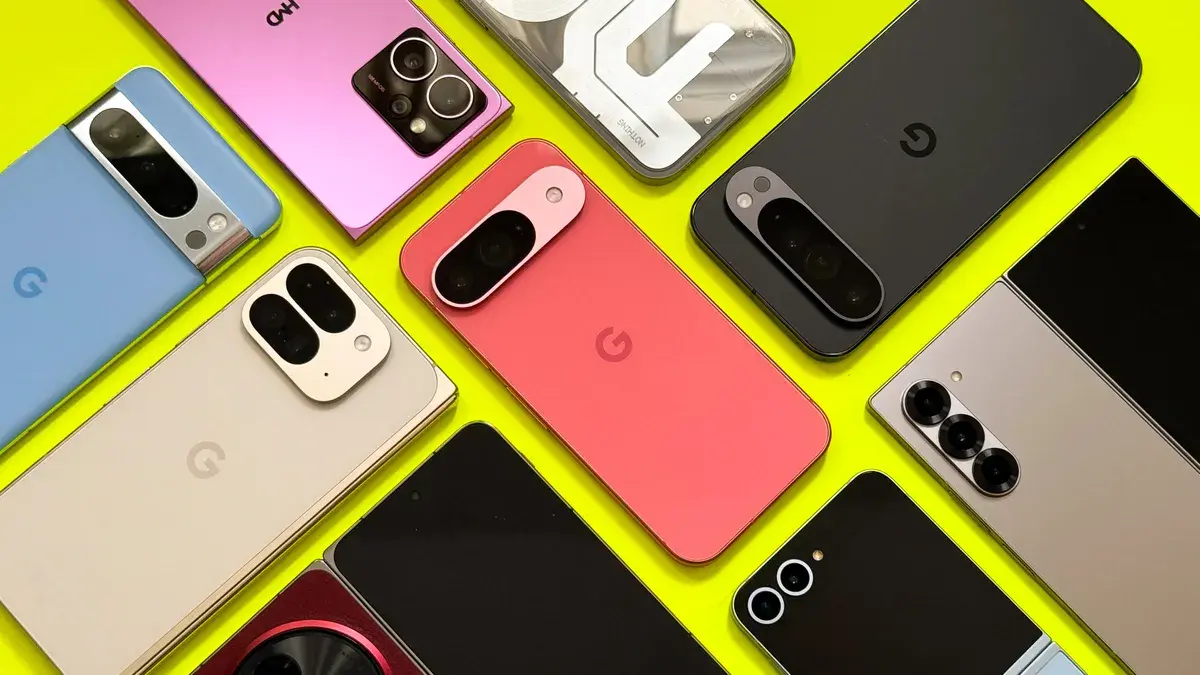From Honor’s bag-like phone to Galaxy’s successive explosions, the number of phones that can be included in the list of candidates for the worst Android phones is not small at all.
These days, the variety of Android phones available in the market has increased so much that sometimes we feel that we have a more difficult task ahead of us to buy a really bad phone. Of course, some phones have lower battery life, mid-range cameras and average performance; But if you put your hands on each of these options, you will see that their shortcomings are not so impressive compared to the worst Android phones in history.
In the following article, we are going to review a list of the worst Android phones in history. The most important factors we consider to compile the list are critics’ feedback, market reaction and technical flaws of the products, and we list the phones in no particular order.
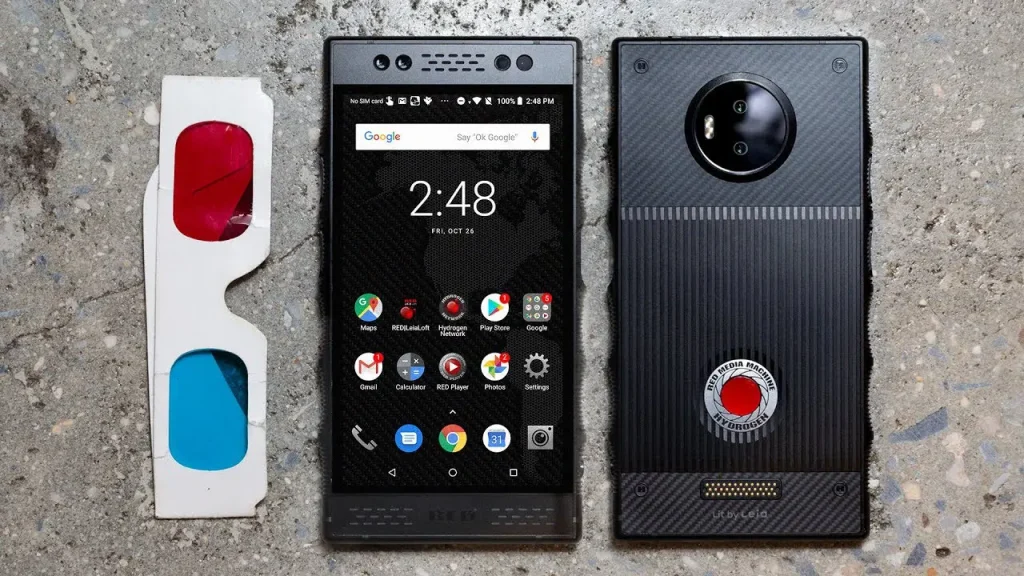
Red Hydrogen One
The Red Digital Cinema company is mostly known for its professional and advanced cinema cameras, which is why many people were excited when it was announced in 2018 that the company was working on a smartphone.
Hydrogen One, which was not supposed to be at the same level as normal phones, was introduced with an attractive 3D display, 3D video recording and photography capabilities, and pins for connecting to various accessories.
Unfortunately, the phone was a huge flop both commercially and critically. It wasn’t long after the product’s release that the pixel display, average battery life, high price (especially considering the use of an old chip) and the not so good quality of the camera faced widespread criticism. Interestingly, the promised peripheral modules were never produced.
Of course, to be fair, the phone had some positive points; Like the real 3D display experience, excellent build quality and unique design; But overall, this product became a warning for newcomers in the smartphone industry.
Jim Jannard, the founder of Red Company, had announced before the failure of this project that the second generation was being developed; But after the disappointing failure of the first generation, the whole phone project was abandoned. After that, Red Company again focused on the cinema camera market and launched its best-selling cinema camera in 2023.
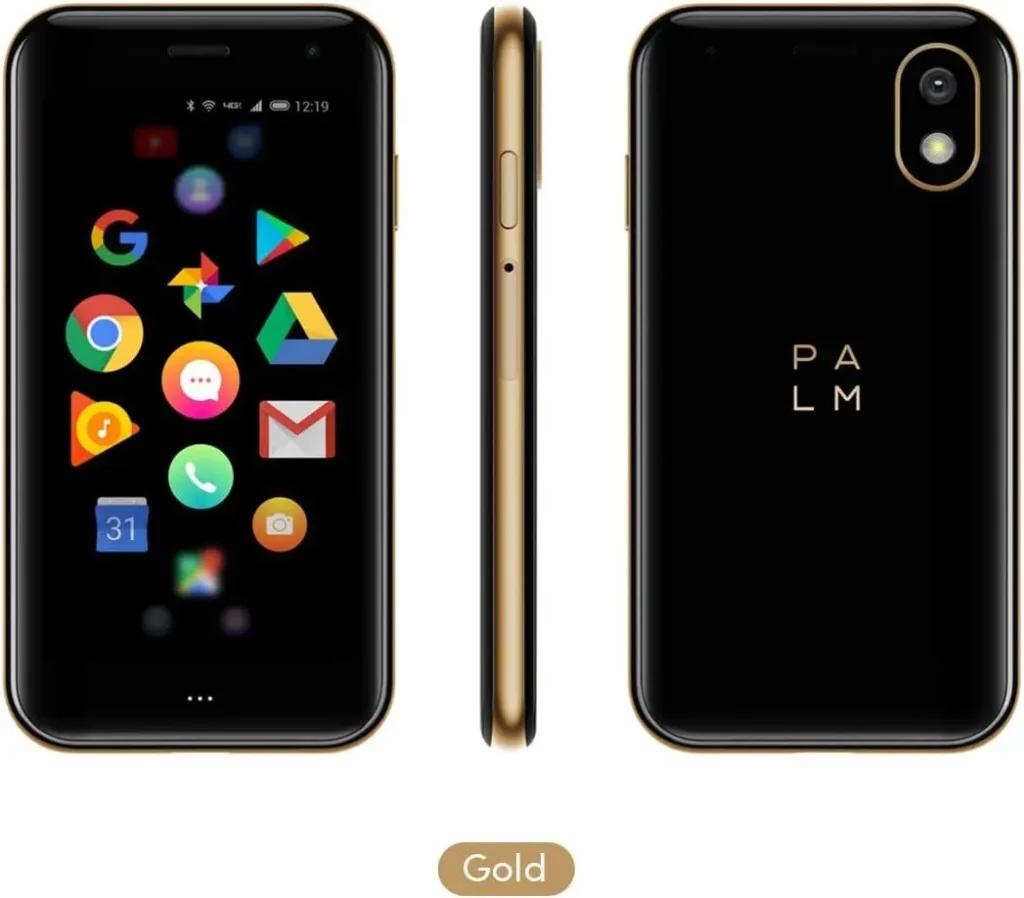
Palm Phone
We owe many modern smartphone innovations to Palm; Such as magnetic wireless charging, the first card-based multitasking system, and the use of gestures for navigation. Unfortunately, Palm was sold to HP and HP decided to exit the smartphone market. In this way, the Palm trademark was transferred to one of TCL’s affiliated companies, and the first and only device resulting from this collaboration was Palm Phone, which was released in 2018.
The Palm Phone had to be paired with the user’s “primary” smartphone in the first place, and that’s enough to put it on the list of worst Android phones!
Advertising and marketing of the Palm Phone was mainly based on the “smallness of the Android phone”. Of course, it doesn’t mean that this phone was handy or compact, but the small nickname only referred to its 3.3-inch screen, which by the way was not pleasant and evoked the feeling of the early years of smartphones for users. Also, users could not buy this phone as a separate product and they had to buy it as an attachment to their other purchases.
Imagine, you had to pair the Palm Phone with your main phone and then your messages and calls were transferred to the smaller device; Why?
However, the phone failed to replicate the success of Palm’s previous products, such as the PalmPilot virtual personal assistant, although it did receive at least an IP68 certification for protection against water drops and dust.
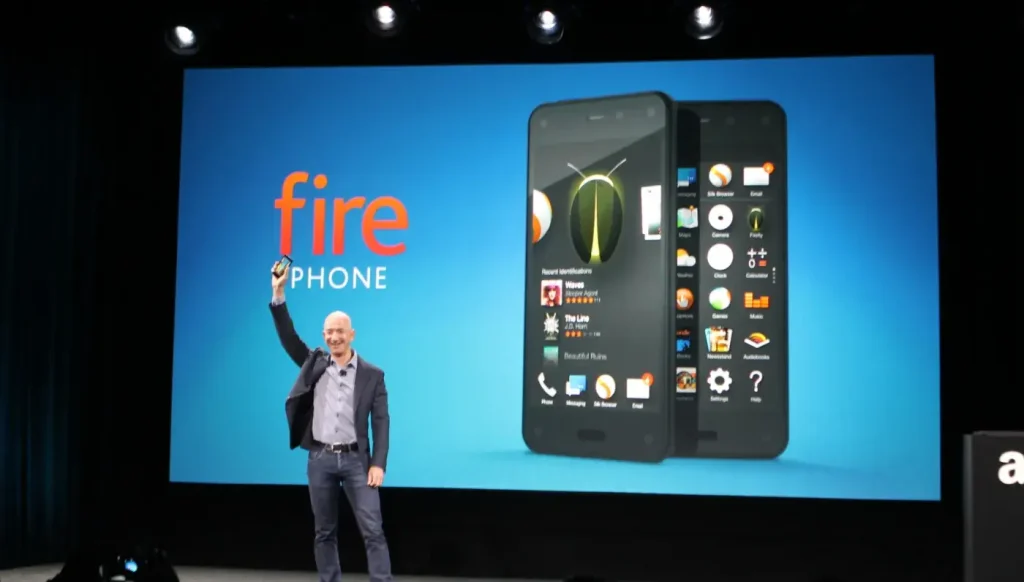
Amazon Fire Phone
Almost all of us think of Amazon’s consumer tech products, e-readers, tablets, and streaming devices; But Amazon also had a short-term and expensive presence in the mobile phone market.
The Fire Phone was Amazon’s first smartphone, and it was another one that could maneuver a 3D display without glasses. The device even had some infrared sensors on the front to track the movement of the user’s head to change the viewing angle of the screen. Called “Dynamic Perspective,” the feature looked cool for viewing icons and other UI elements from different angles, but in practice it had no real use. So what was Amazon’s purpose in adding this feature?
Firefox did not support Google services, which was not as important then as it is today; But it was still considered a big weakness.
Add to that the $650 price tag and AT&T’s initial monopoly, and the product’s failure in 2014 doesn’t seem too surprising. According to reports, Amazon lost about 170 million dollars in this project.
HTC Evo 3D
2011 saw two more 3D phones from major mobile phone manufacturers enter the market, as both HTC and LG joined the wave; However, HTC Evo 3D received weaker feedback and the main reason was the 3D screen without the need for glasses, which had a very limited viewing angle; That is, if you did not look at the screen from a certain angle, the image would be blurred and incomprehensible.
What’s really the point of buying a 3D phone when its most important feature doesn’t work properly? Of course, the phone had a button to switch between 2D and 3D mode, and users could get rid of that inefficient 3D display.
HTC brought the glasses-free 3D display to its phones, but unfortunately, the innovation didn’t work well at all.
The rest of the phone’s components were a mix of mid-range and high-end specs: for example, the Snapdragon S3 processor, 1GB of RAM, which was considered a lot of memory at the time, 1GB of expandable storage (while the Samsung Galaxy S2 at the same time offered users 16GB). suggested) and finally two 5 megapixel rear cameras for 3D photos.
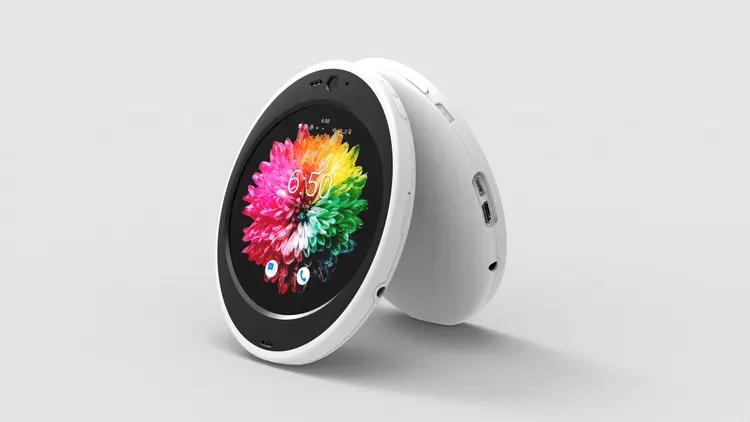
Circle Phone
Smartphones are often designed with rectangular dimensions, and naturally, when a company tries to change the shape of a product, it attracts the attention of users. However, Circle Von was not the change that people were looking for.
The name of the phone implied a circular product, but the shape of the Circle Phone was more oval or egg-shaped. In fact, the prototypes of this phone in 2020 had a more circular design; But why circle or oval? The manufacturing company had no more convincing explanation than to say: “Circle Phone is a non-rectangular phone for non-rectangular people!” which probably refers to people who appreciate special and unique products.
The rest of the phone’s specs were a mix of affordable features and fairly attractive elements: a 3.45-inch (800 x 800) screen, Android 10, 3GB of RAM, 32GB of storage, a Snapdragon 4G processor, and 13MP front and rear cameras.
The device also uses microSD memory, two headphone jacks, USB-C and micro-USB ports, and a replaceable battery (of course with a capacity of 2000 mAh). The $999 price of the Circlephone, even with these specifications, seemed really high.
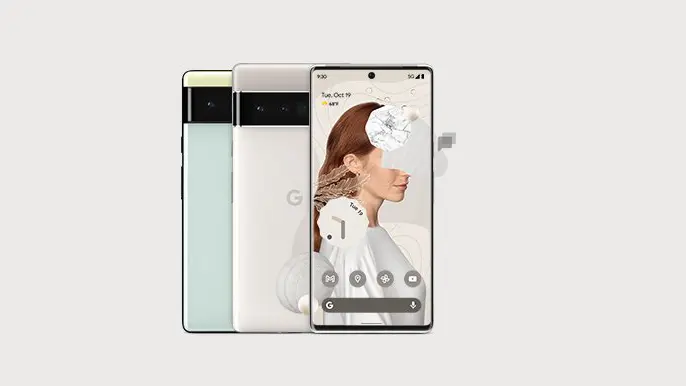
Google Pixel 6 series
Do you think this is the best phone in the list of the worst Android phones? It is not easy to accept or reject this issue. Google’s first Tensor-powered Pixel phones had great cameras at the time, and offered a variety of AI features and a distinctive design.
A lot of people might disagree with putting any of Google’s phones on this list, but the Pixel 6 didn’t perform well as a mobile phone in the first place. Many Pixel 6 users were frustrated and unhappy with the poor antenna reception, even in places where other phones had a good signal.
In addition, it takes a long time to switch between cellular internet and Wi-Fi internet, a problem that may not have seemed strange in 2006, but in 2021 it was completely unacceptable. Some people said that this phone had the worst signal and antenna among all the phones in their lifetime. The strange thing is that these problems did not happen to all users, and some experts wrote very positive reviews for the Pixel 6 (Zoomit’s review also praised the excellent software, well-built body and efficient cameras of the Pixel 6).
The phone’s fingerprint sensor also performed poorly; Both in scanning speed and detection accuracy. However, this problem was slightly improved with subsequent updates. Also, the problem of overheating of the tensor chip also added a weaker feeling to the user experience of the Pixel 6 series.
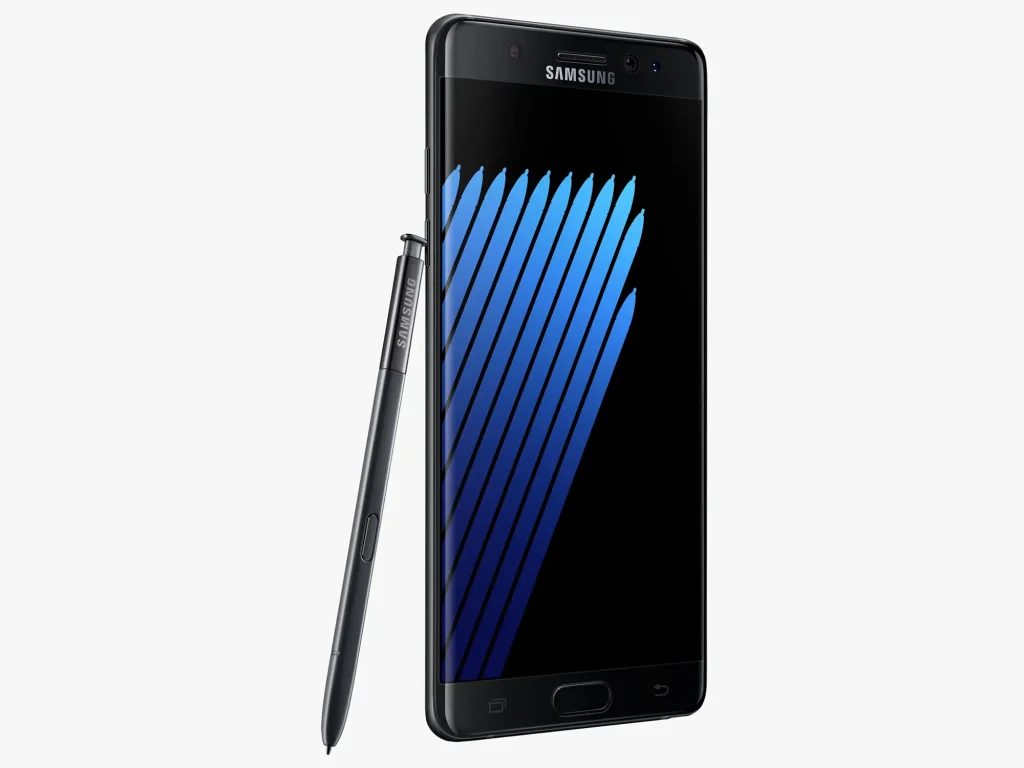
Samsung Galaxy Note 7
We can’t make a list of the worst Android phones without including a device that was literally on fire. The Galaxy Note 7 is easily Samsung’s biggest technological failure; Because, as you may recall, two battery-related defects led to several phones catching fire or exploding.
No wonder Samsung recalled this phone. The Korean company even released updates that eventually disabled the phone for security reasons. It got to the point that airlines also banned carrying the Galaxy Note 7 on their flights. How many phone manufacturers can record such an achievement?
Let us remind you that all the above incidents were regrettable. Especially since the Galaxy Note 7 had received good reviews before the fire incident and offered features such as an improved S Pen, an iris scanner, microSD memory and water resistance for the first time in the Note series.
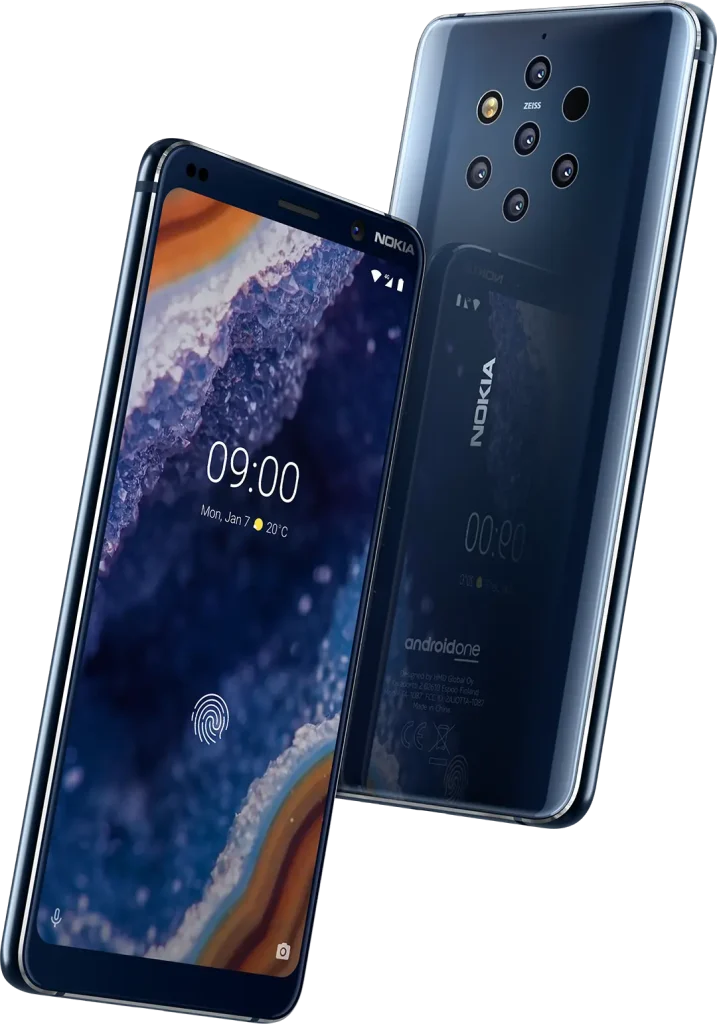
Nokia 9 Pureview
In 2016, HMD Global acquired the license to use the Nokia name for Nokia smartphones, claiming that many of its employees and managers previously worked at Nokia; For this reason, in 2019, when HMD introduced the Nokia 9 Pure View with five cameras, most of the audience expected this phone to be a spiritual successor to the wonderful and excellent products of the past era of their beloved brand.
Unfortunately, this phone was very disappointing at the time of launch. Its most important strength was the five-lens camera, which included three 12-megapixel monochrome cameras and two 12-megapixel color cameras.
This combination was supposed to provide photos with deeper and better quality effects (for example, for portrait mode) and better HDR; But various tests at the time indicated erratic image quality, slow camera app performance, and poor low-light images.
The weak images of the five cameras, the weak fingerprint scanner and the previous generation chip made the Nokia PureView a product that had no defenses.
Also, the fingerprint scanner under the phone screen worked very poorly. Some reports even said that this scanner can be fooled with chewing gum! The phone also came with the previous year’s flagship chip, which in itself wasn’t a weird problem, but exacerbated the issues.
HMD’s attempt to deliver a different experience is commendable, but the end product was really disappointing. I would even say that HMD still can’t boast after this debacle as they haven’t launched a flagship phone in the last five years.
HTC Thunderbolt
In 2011, the HTC Thunderbolt was released as the first 4G LTE phone in the United States, and the news about its production was very important because of the increase in the speed of data transfer and the recent decline of this technology; But unfortunately, the battery life of this phone decreased terribly when using LTE.
The HTC Thunderbolt’s battery life dropped horribly when using LTE
Meanwhile, Wired reported that the HTC Thunderbolt’s battery lasted only six hours when browsing the web and checking emails in low light. CNET also said that similar usage (including phone calls) dropped the phone’s battery to 15 percent by late afternoon, while heavier usage would kill the phone in three to four hours.
What do you think about charging your phone while streaming video with LTE? PC Mag cited the answer to this question in less than two and a half hours. The bigger problem was that you couldn’t initially disable LTE and go back to 3G.
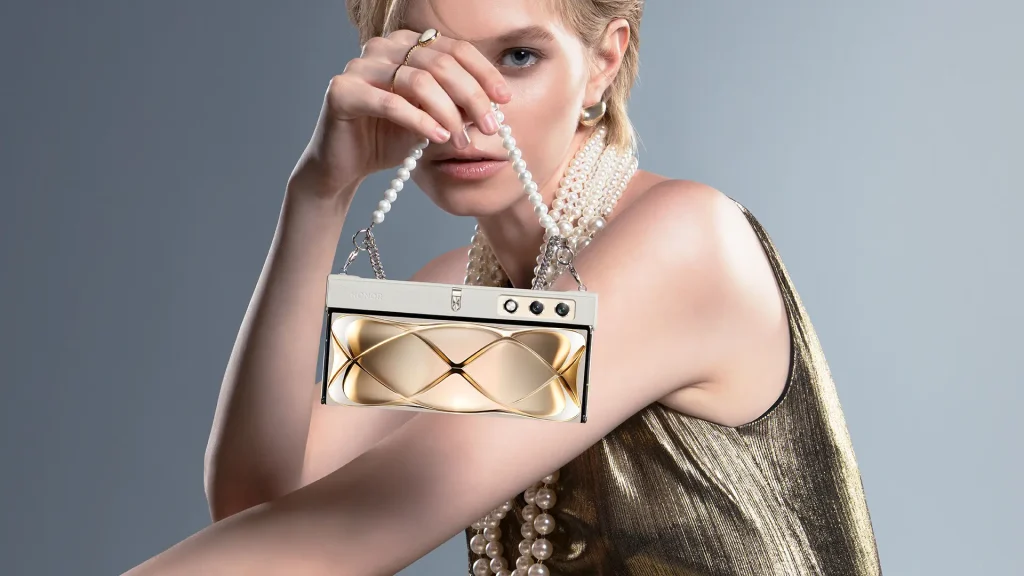
Honor V Purse
Finally, the latest addition to our list of the worst Android phones is Honor’s weird foldable phone that was released a year ago.
The VPress is practically a clone of the Huawei Mate XS, with a screen that folds out and a slim design. Half of this display also serves as a smartphone screen when folded. So far everything was going normally; But the big problem was that Honor decided to turn this device into a real bag and added straps to the foldable phone so that it can be carried like a bag, as well as providing suitable and coordinated background images for this. Honor even simulated hundreds of different animated patterns on the phone’s display, from sequins and chains to diamonds and leather, to reinforce its fashion-centric approach.
Honor’s idea to turn a smartphone into a handbag was interesting, but only on paper!
Honor’s idea was certainly interesting, but it would have been better if it remained on paper. The fact is that folding phones that have an external screen are not immune to scratches due to the plastic material of the screen. However, Honor believes it’s a good idea to let people carry the phone like a bag.
It is not far off to expect that the screen will get a lot of scratches with this carrying method. In addition, the phone is not water resistant and it becomes a problem on rainy days.
Wepress was launched in China at a price of around $850, which seems like a good price at first glance; But when you realize that it comes with an old Snapdragon 778G processor, a mid-range dual camera system and no wireless charging, you probably won’t consider such a figure appropriate.
